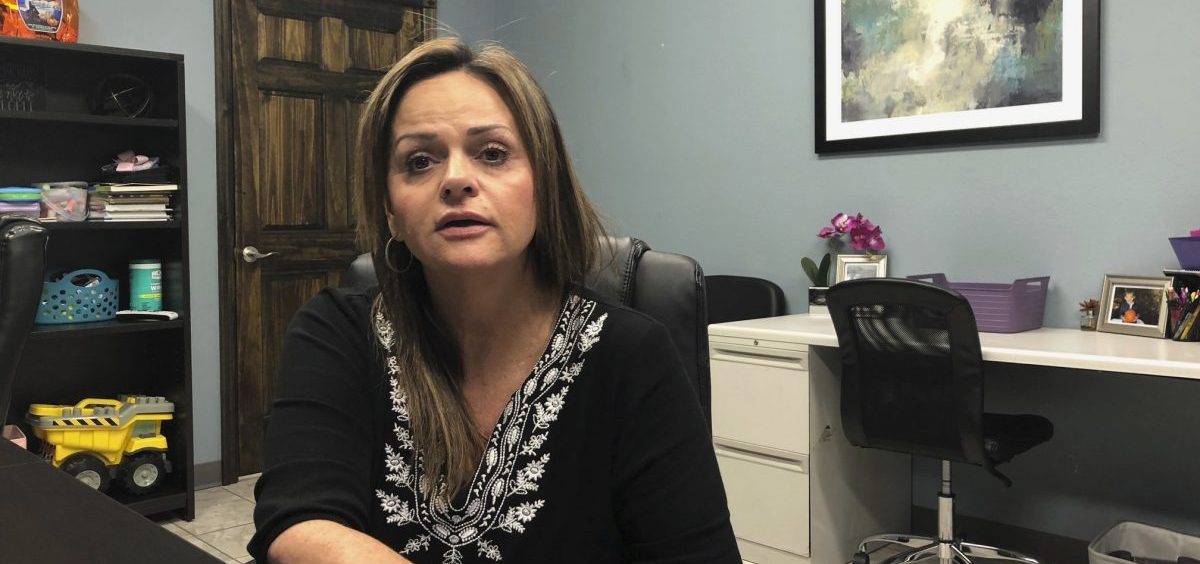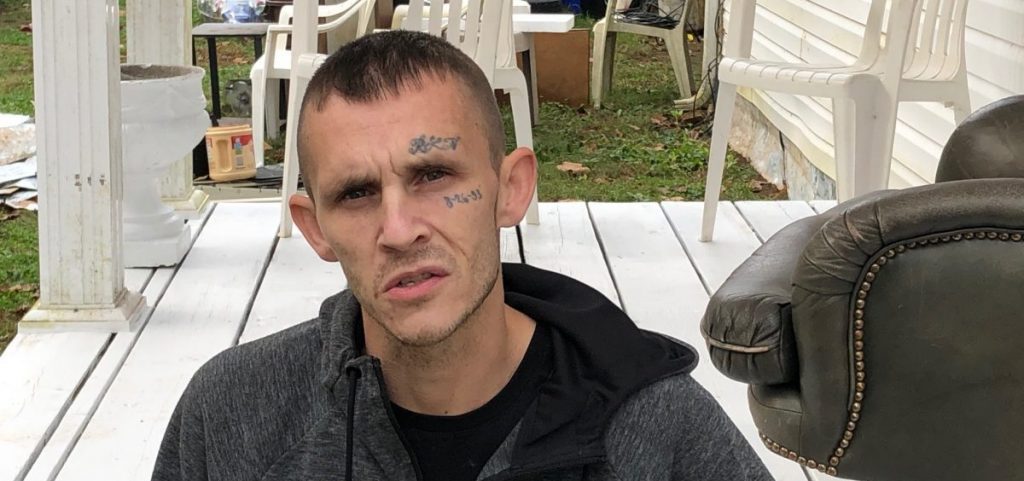News

Families of Inmates Who Died, Hurt at Gallia Co. Jail Seek Answers
By: Mark Gillispie | AP
Posted on:
GALLIPOLIS, Ohio (AP) — Families of inmates who died or were seriously injured at a small Ohio county jail in the last year are seeking answers about what happened to their loved ones.
Records obtained by The Associated Press and interviews with former inmates and family members of deceased prisoners show evidence of uneven care and an overwhelmed staff.
“My goal is to change the policies that these people are dying over,” said Gibson’s mother, Sherry Russell, now an advocate for change at the jail. “My son will not have died in vain.”
Her son, 27-year-old David “Tommy” Gibson, killed himself at the Gallia County Jail near the southern tip of Ohio despite being placed in an isolation cell where he was supposed to be under near constant surveillance.
For now, Russell must wait for the results of an investigation by the Ohio Bureau of Criminal Investigation into her son’s death.
BCI would not confirm or deny what the agency is investigating. Russell said she has been interviewed by FBI agents.
The 70-year-old Gallia County Jail is in the basement of the county courthouse in the Ohio River community of Gallipolis, population 3,600. State inspections have outlined dozens of problems at the jail where four inmates overpowered two female corrections officers and escaped in September.
Gallia County, with a population of around 30,000, struggles like much of Appalachia with poverty, drugs and crime. It’s not uncommon for a jail with a capacity of 21 inmates to be packed with 50 or 60, with inmates handcuffed to chairs in a booking area or wherever else they can be secured, records and interviews show.
Sheriff Matt Champlin did not return multiple phone and email messages seeking comment. Problems at the jail existed long before he took office in January 2017, Champlin said during a Sept. 29 news conference to discuss the escapes.
Joshua Bessey’s family said they first learned he had been injured at the jail in a 3 a.m. phone call Sept. 21 from Ohio State University Wexner Medical Center telling them he was in ICU with a traumatic brain injury.
Family members and Bessey’s girlfriend rushed to Columbus and found Bessey in a coma. Doctors told them his injuries appeared to be caused by blunt force trauma and not a fall that occurred after a seizure, as the sheriff’s office reported. A medical report showed Bessey had a skull fracture and bleeding on his brain.
“The doctors kept asking about an assault,” said Bessey’s girlfriend, Bethany Boggess.

Bessey said a Gallia County sheriff’s detective, accompanied by an agent from the Bureau of Alcohol, Tobacco, Firearms and Explosives, visited him recently with the detective telling him that if he did not sign a document saying he would not pursue charges against Champlin or his “lawful deputies” for his injuries that Boggess would be arrested. Bessey refused to sign.
Neither the detective nor the ATFE agent returned telephone messages.
“I’ve been in trouble before,” Bessey said. “I’ve been in jail. But they’re not allowed to do what they’re doing to people in there.”
Russell, a nurse-practitioner, said her son had been abusing methamphetamine and illegally obtained Suboxone for months. She and Gibson’s wife filed domestic violence complaints against him in September hoping jail time would allow him to get sober and think clearly again.
Gibson complained about being sick and threatened to harm himself the entire week he was in jail. Russell questions why her son was not issued an anti-suicide smock but instead was given a blanket when corrections officers put him in the isolation cell.
Russell said Gibson had a visit from family members that Saturday and “begged not to be put back in that room” afterward. Russell said Champlin told her a surveillance camera outside the isolation cell was broken the day he killed himself.
An autopsy showed 36-year-old Mark Simms died of a heart attack at the jail on Dec. 16. Interviews of jail personnel by state investigators said Simms was placed in isolation after inmates complained about him vomiting throughout the day.
Simms collapsed and fell unconscious as his grandmother waited at the jail to take him to a hospital after posting bond for him.
Paramedics were called to the jail two days earlier when Simms, a longtime methamphetamine user, complained of stomach pains. Simms told a corrections officers and paramedics he had previously signed himself out of a Kentucky hospital and needed surgery to repair a stomach aneurysm, according to BCI interviews.
Paramedics said Simms should be taken to a hospital for an evaluation. A sheriff’s deputy said he should remain at the jail. A corrections officer signed a form that said Simms had refused to be transported.
Mandee Roush, Simms’ former partner and the mother of his teenage daughter, said she “absolutely believes” that if Simms had been taken to the hospital two days before he collapsed in the isolation cell that he would be alive today.
“Dogs in a shelter are treated better than Mark was,” Roush said.
Inmates in the cell block with 35-year-old Lacey Wolford when he died of a drug overdose Sept. 23 screamed and banged on their cells for more than 15 minutes trying to get the attention of jail personnel when he became unconscious, said Wolford’s sister, Georgia Chapman.
She said she was told that corrections officers tried to revive him with the opioid reversal drug Narcan, but it was too late.
Wolford’s mother, Brenda Wolford, said the family learned of his death from Facebook. She said no one from the Sheriff’s Office has spoken with her.
“They let him die,” Brenda Wolford said.

